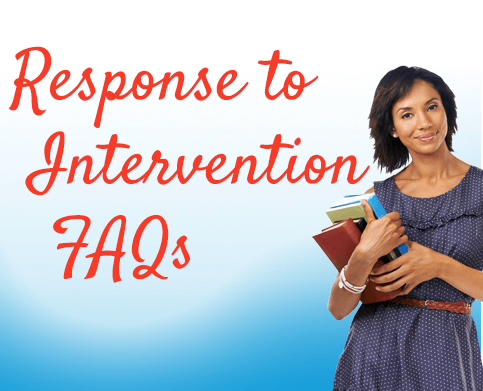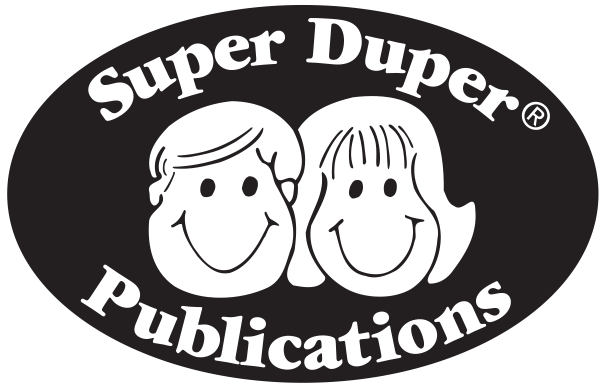

What is Response to Intervention (RTI)?
RTI is an educational approach that provides evidence-based instruction to all students and identifies struggling students that may require more intense intervention. According to the National Association of State Directors of Special Education (NASDSE), RTI is "the practice of providing high-quality instruction and intervention matched to student need, monitoring progress frequently to make decisions about changes in instructions or goals, and applying child response data to important clinical decisions" (Batsche, et al., 2005, p. 3). RTI focuses on "prevention and early intervention wherever possible" (Finn, Rotherham & Hokanson, 2001).
What are the core principles of RTI?
The NASDSE identifies the following principles:
- Effectively teach all children.
- Intervene Early.
- Use a multi-tier model of service delivery.
- Use a problem-solving method to make decisions within a multi-tier model.
- Is there a problem and what is it?
- Why is this happening?
- What are we going to do about it?
- Did our intervention work?
- Use research-based, scientifically validated interventions/instruction to the extent available.
- Monitor student progress to inform instruction.
- Use data to make decisions. A data-based decision regarding student response to intervention is central to RTI practice. (Batsche, et al., 2005, pp. 19-20)
What is a multi-tier service delivery model?
A tiered system of intervention focuses on the level of support that a student needs. This is important because not all students learn the same way. Under this system, struggling learners receive assistance when they begin to demonstrate difficulties, and do not have to "wait to fail" (Moore & Montgomery, 2008). Typically, these systems are in tiers or levels. The levels reflect the type and intensity of instruction a student needs. Additionally, they have strict methods for monitoring student progress as they move in and out of specific tiers.
Can you give an example of a multi-tier model?
One example of a tiered system is the three-tiered model described by McCook (2006):
Tier I- General Education core instruction
Tier II- Strategic, targeted group instruction
Tier III- Intense individual or group instruction
Tier I should benefit about 80-90% of students and represents the general education curriculum. In Tier I, students receive differentiated instruction (giving students multiple and varied opportunities to learn new information) that meets the needs of a majority of the students. Students in Tier I receive universal screenings at the beginning of the year to see if they are having any difficulties and their progress is monitored in the middle and end of the year.
Students that struggle in Tier I (about 5-10%) may need to be moved to Tier II to receive targeted assistance. Typically, students are taught in smaller groups for a specific period of time, and educators monitor their progress more frequently to see if they are responding to the intervention. The small number of students that do not respond to Tier II interventions will move to Tier III.
In Tier III, the intervention is for a specific period of time and is more intense than Tiers I and II. Teachers or Special Educators may provide these interventions in small groups or individually. Progress monitoring is critical to determining a student’s response to intervention. If a student does not respond at this level, then he/she may receive a referral for special education services (Moore & Montgomery, 2008).
What does IDEA 2004 (PL-108-447) say about RTI?
The reauthorization of the Individuals with Disabilities Education Act (IDEA) 2004 gives local education agencies the option to provide RTI as a type of Early Intervening Service. RTI offers an alternative to the well-established discrepancy model (difference between IQ score and achievement score) which determines eligibility for special education services. Using the three-tiered model previously described, a student who does not respond to Tier III intervention(s) could be referred for special education.
What does RTI mean for students with suspected disabilities, particularly speech and language disorders or specific learning disabilities?
RTI provides struggling learners with high-quality services sooner than the traditional referral process for special education. Additionally, RTI helps identify the students that are performing below grade level due to lack of high-quality instruction and which students require special education services due to a disability. In other words, RTI helps reduce inappropriate referrals to special education.
Does Super Duper® publish any RTI programs?
Yes. Super Duper® sells several programs and additional supplemental materials you can use for Tier II or III interventions.
